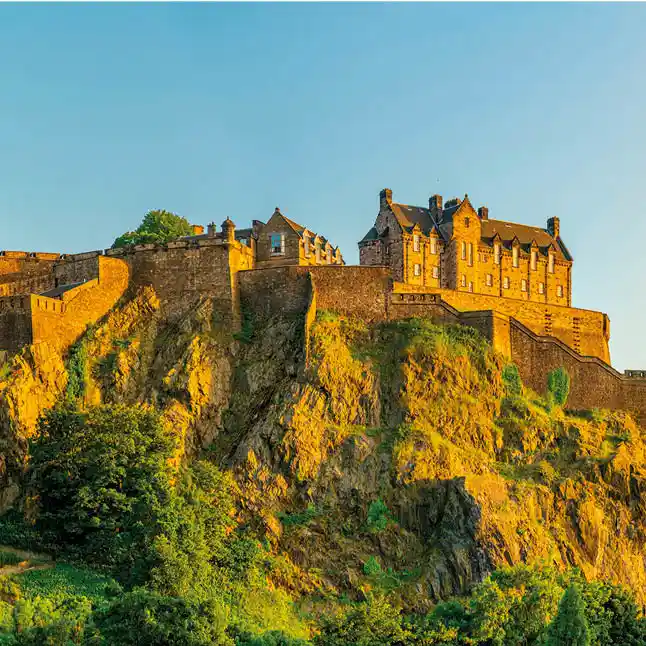- Petros, the pelican of Mykonos arrived on the island in 1954, due to a storm. To everyone's surprise, he abandoned the migratory habits typical of this species and lived in Mykonos for more than 30 years, during which he won the affection of all the inhabitants and tourists. His death was so felt that they decided to replace him with another pelican, Petro II, who still lives on the island today.
- The white houses with blue roofs are a characteristic symbol of the Islands. In summer, temperatures can become elevated, so they are painted white to keep their interiors cooler. On the other hand, most have a rounded shape, to better withstand the Mediterranean winds.
- Santorini is a wonder of nature, as it was born after a huge volcanic explosion, which made a large part of the territory of the ancient island disappear and caused the creation of the current geological caldera.
- The history of Creta está descrita por Homero, Platón y Aristóteles y varios mitos y leyendas rondan en torno a ella. Uno de ellos identifica a Creta con la legendaria ciudad de Atlantis, la enorme isla que se hundió en el océano, hace más de 10.000 años. Pero hasta el día de hoy esto continúa siendo un misterio.
- Rhodes is the largest of the Dodecanese islands. According to legend, when Zeus distributed the islands among the gods, he forgot Helios, the god of the sun. Instead of getting angry, Helios exclaimed that at that very moment a new island would emerge and that it would be his. In those lands, the sun god fathered seven sons and one daughter with the nymph Rodo, from whom the island took its name. For this reason, the inhabitants of Rhodes consider themselves children of the sun, and it is no coincidence that the island has more than 300 days of sunshine a year.
















